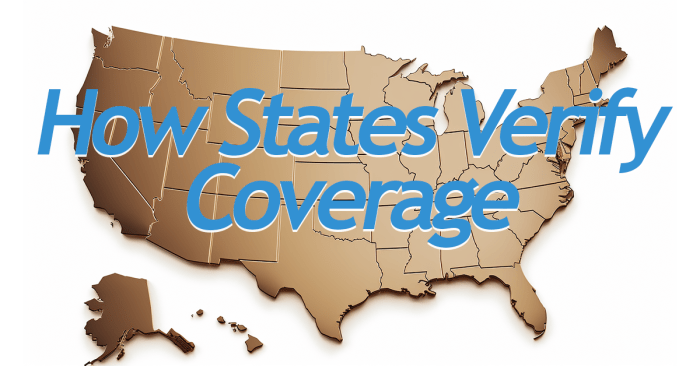How does auto and home insurance work in different states? This question is key to understanding the complex world of insurance, especially as you navigate different states with varying regulations and requirements. Imagine you’re moving from sunny California to snowy Colorado, and you need to know what insurance coverage is mandatory and how much you’ll pay for it.
It’s not just about driving or owning a home; it’s about knowing the rules of the road, or in this case, the rules of insurance, in each state.
This guide will break down the essentials of auto and home insurance, covering the basics of coverage, minimum requirements, and factors that influence premiums. We’ll explore how state regulations impact your choices and provide tips for getting the best coverage at the right price.
So buckle up, and let’s dive into the world of state-specific insurance.
Auto and Home Insurance Across States

Navigating the world of auto and home insurance can be a bit of a maze, especially when you realize that regulations and policies vary significantly from state to state. Understanding these differences is crucial for securing the best coverage at the most affordable price.
After all, you wouldn’t want to be caught off guard by a surprise exclusion or a hefty premium when you need insurance the most.
Several factors contribute to the diverse landscape of insurance regulations across the US. State governments have the power to set minimum coverage requirements, regulate insurance companies, and establish consumer protection laws. These regulations are influenced by a mix of factors, including state demographics, accident rates, and local economic conditions.
Additionally, insurance companies themselves play a role in shaping the market by setting their own rates and coverage options within the legal framework established by each state.
State Minimum Coverage Requirements, How does auto and home insurance work in different states?
One of the most significant differences between states lies in their minimum coverage requirements for auto insurance. These requirements specify the minimum amount of financial protection you must have in case you cause an accident. They typically include:
- Bodily Injury Liability:Covers injuries to others in an accident you cause.
- Property Damage Liability:Covers damage to other people’s property in an accident you cause.
- Uninsured/Underinsured Motorist Coverage:Protects you if you’re involved in an accident with a driver who doesn’t have insurance or doesn’t have enough insurance.
State minimums vary widely. For example, in some states, the minimum liability coverage might be $25,000 per person and $50,000 per accident, while in others, it might be $100,000 per person and $300,000 per accident. It’s important to note that while meeting the minimum requirements is mandatory, it might not be enough to cover all potential costs in a serious accident.
It’s generally advisable to consider purchasing additional coverage beyond the minimum requirements to protect yourself financially.
Home Insurance
Similar to auto insurance, home insurance regulations and coverage options vary from state to state. These differences can be influenced by factors like natural disaster risk, housing density, and local building codes. For example, states prone to earthquakes or hurricanes often have stricter building codes and may require specific coverage for these risks.
Last Word: How Does Auto And Home Insurance Work In Different States?

Navigating the world of auto and home insurance across different states can feel like a maze, but with the right information, you can make informed decisions that protect you and your assets. Understanding state-specific regulations, comparing quotes, and knowing your options are crucial steps to securing the best insurance coverage for your needs.
Remember, your insurance is your safety net, so choose wisely and drive (or live) confidently!
Detailed FAQs
What are the main types of auto insurance coverage?
The most common types include liability coverage (protecting you if you cause an accident), collision coverage (covering damage to your car in an accident), and comprehensive coverage (covering damage from non-accident events like theft or hail).
What is a deductible?
A deductible is the amount you pay out-of-pocket before your insurance kicks in to cover the rest of the costs.
How often should I review my insurance policies?
It’s a good idea to review your policies at least annually, especially if you have any major life changes like moving, getting married, or buying a new car.
